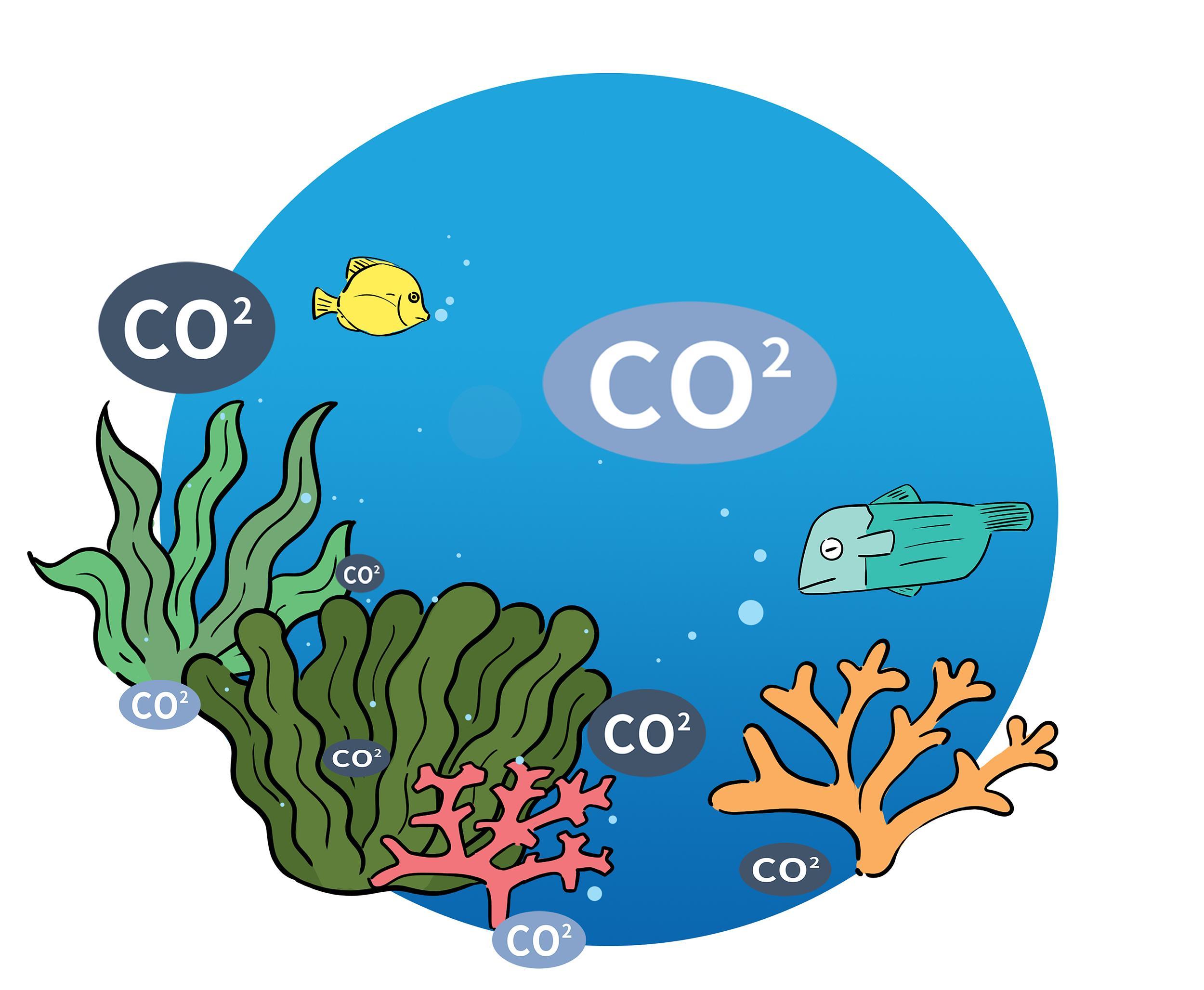Global-ONCE Harnesses Ocean to Fight Carbon Emissions

By?Staff?Reporters
Chinese scientists have launched the Global Ocean Negative Carbon Emissions (Global-ONCE) program to address the challenge of global warming and climate change, primarily caused by excessive CO2 emissions resulting from human activities.
The world ocean stores approximately 93 percent of the carbon dioxide on Earth and the size of the ocean carbon reservoir is 20 times the size of the terrestrial carbon pool and 50 times that of the atmospheric carbon pool.
Since the industrial revolution, the ocean has cumulatively absorbed nearly 40 percent of human-generated CO2 emissions.
It annually absorbs about one-third of the CO2 emitted by human activities, with a carbon storage cycle that can span thousands of years. The process of capturing CO2 from the atmosphere through physical, chemical, or biological means and sequestering it in the ocean, either permanently or over an extended period, is termed ONCE.
Chinese scientists have integrated the original theory of the "microbial carbon pump" — a series of microbial physiological and ecological processes leading to long-term storage of carbon — with China's actual conditions to propose a practical solution for implementing ONCE.
This solution includes coordinated land-ocean efforts to reduce terrestrial nutrient discharge, thereby increasing negative carbon emissions in eutrophic coastal waters, maximizing comprehensive negative carbon emissions through artificial intervention in marine aquaculture zones, and enhancing seawater alkalinity via wastewater treatment plants for safe and effective ONCE.
In 2022, a proposal to establish a Global-ONCE program based on the ONCE program was submitted to UNESCO's Intergovernmental Oceanographic Commission. The proposal has been approved within the framework of the UN Decade of Ocean Science for Sustainable Development (2021-2030).
The Global-ONCE program has evolved into an international network of projects and experts to coordinate research for ocean-based solutions for climate mitigation. Currently, 79 scientific research institutions from 33 countries and regions have participated in the program.






